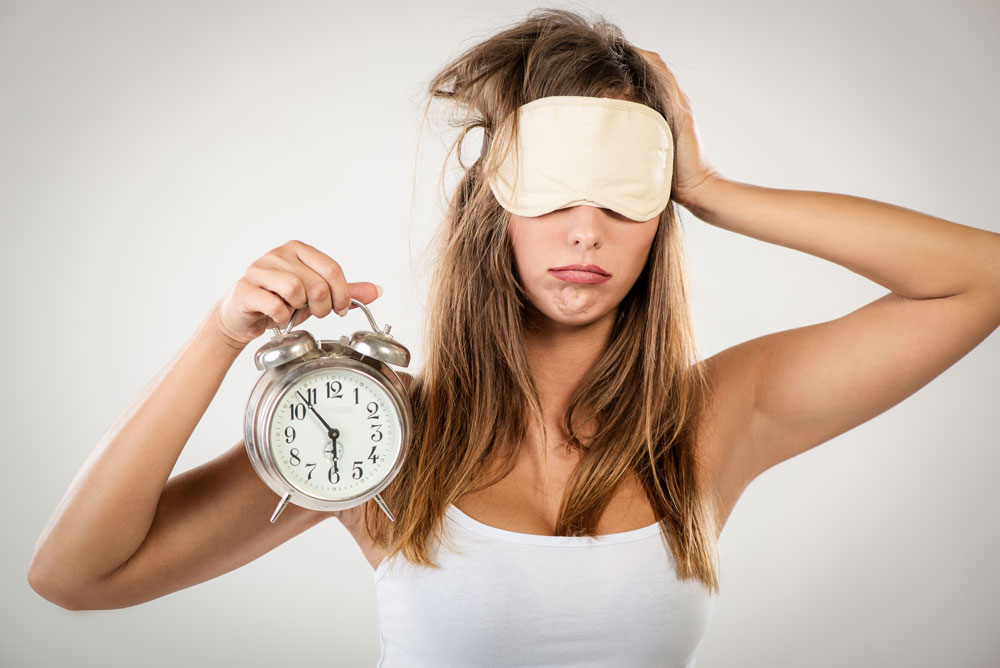
A Sound Night’s Sleep is One Without a Sound
| Noise on Sleep, Soundproofing |It is obvious that a loud jarring sound can startle you into a state of wakefulness. It is less apparent that common background noise can cause detrimental impacts. Studies on sleep have definitively correlated noise disturbances with the quality of sleep. We will outline them here so you can be better prepared for a better nights sleep. In an increasingly noisy world it is important to keep your sleep sound without sounds.
Sound Impact on Sleep
Sleep disruptions are one of the most common complaints from noise exposed populations. Noises have been shown to impact sleep by causing arousals, sleep stage changes, awakenings, body movements, and total wake time.
Studies have shown that disrupting noises are shown to take you out of a deep sleep even if it doesn’t wake you up completely. This means it will still impact your sleep cycles and quality of sleep. This also means that even at lower levels sounds have an impact. It is best to eliminate nighttime sounds.
World Health Organization Europe (WHO’s Europe) summarized that sounds as low as 30 dB can affect rest. For perspective ASHA gives values for common exposures. Some of these include:
- 60 dB – typical conversation
- 70 dB group conversation, vacuum cleaner, alarm clock, traffic noises
- 100 dB – Airplane take off
- This means that many of us are likely exposed to disrupting sleeping sounds. HWO’s Europe summarized current sleep studies with the following impacts to sleep.
- 30-40 dB – A number of effects are observed including increased body movements, awakenings, self-reported sleep disturbances and arousals.
40-55 dB – Adverse Health effects are observed among the exposed population.
>55 dB situation is considered increasingly dangerous adverse health effects occur frequently. Sizeable amount of the population is highly annoyed. There is evidence that there is risk of cardiovascular disease.
Type of Exposure
Whether it is a plane, train, automobile, boisterous neighbor, church bells or other noises studies have shown that sleep disturbances will happen regardless of the source. Although some disturbances appear to have a deeper impact at the same volume overall it appears that all noise disturbance will provide similar impacts. Road noises appear to cause the most impact on structure of sleep, but people were more likely to complain about disturbances from air and rail noise.
Length of Exposure
It appears we have responses to noise at low levels that do not necessarily cause us to wake. These might include shifts to a lighter sleep stage, movement, or brief wakefulness.
How to Limit Noise Disturbances
Overall, it we should take measures to mitigate exposure to noise disturbances during sleep. Inside noises can for the most part be controlled. Outside noises are a bigger issue. Many measures can be done to lower the noise level in your room.
Some solutions to reduce noise might include:
Double pane windows
Sound Blocking Curtains
Utilize White Noise
Earplugs
Use trees and shrubs as a noise barrier
Seal any gaps in windows
